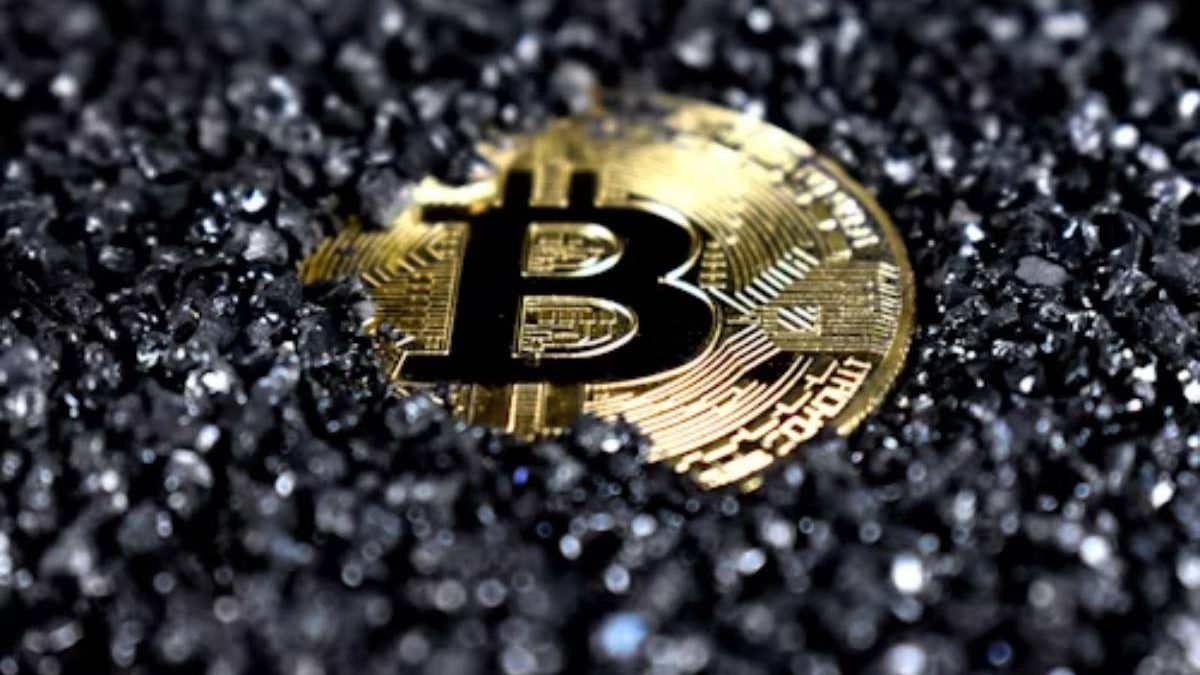The decentralization of cryptocurrency has significantly impacted real-world asset tokenization. Tokenizing assets means representing their value digitally on the blockchain, allowing anyone with internet access to own and trade them 24/7. This technology is valued at over a billion dollars, with experts predicting that all kinds of assets, including currencies, commodities, and real estate, will eventually be tokenized. Blockchain-based ownership offers numerous benefits, such as easier trading and increased security. This article explains how investing in tokenized real-world assets works, the steps to get started, and other essential information to know before diving into this type of investment.
Table of Contents
Understanding Real-World Asset Tokenization
It is the procedure of transferring the ownership of physical items like gold, land, and real estate into digital or virtual tokens. The tokens operate as an exchange unit and represent tangible goods. The highlight of a blockchain network is that it tokenizes and exchanges every real-world monetary value. On the blockchain platform, real-world asset tokenization converts physical products into digital or virtual tokens and exchanges them.
Asset fractionalization, or token economics, allows the exchange of tiny items and makes obtaining and dividing assets easier. Modern businesses embrace tokenizing real estate, business equities, and industrial assets. The best part of real-world asset tokenization is improving protection and security, promoting crowdfunding, and generating profits. In addition, real-world assets that don’t join the DeFi ecosystems are now possible due to tokenization.
Tangible assets like books, artwork, and real estate, and intangible assets like credits and government bonds are real-world assets. To access tokenization, investors can convert their physical assets into digital or virtual tokens and store them on the blockchain. The tangible real-world assets are fundamentals with significant value and universal reputation. It refers to the understanding of asset ownership and its values. It results in recognition in international investments, transactions, and financial operations.
Tokenization Process of Real-World Assets
Tokenizing the real world assets engages a well-structured process with different stages.
Identification and Evaluation
Identifying and assessing real-world assets relies on variants like liquidity and market demand, which is the first step in tokenization.
Adherence to Regulations
The procedure demands compliance with legal and regulatory needs associated with real-world assets. In other words, it indicates that the digital or virtual tokens representing real-world assets should have legal representation.
Creating Ownership Framework
A well-structured ownership framework for real-world assets should include revenue-sharing proposals and terms and conditions before structuring the tokenization of real-world assets.
Choosing a Blockchain Protocol
Picking a blockchain platform makes sense for scalability, security, and compatibility.
Smart Contracts
Developing Smart Contracts is critical to showcasing particular ownership rights. Further, they reflect terms and conditions concerning token issuance, transfer, and redemption.
Generating Tokens
Creating asset-based tokens on the preferred blockchain network is a vital step in the asset tokenization process.
Legal Recordings and Token Offerings
Completing the legal documents and paperwork is necessary for the tokenization process to seek accurate information about the token. It includes ownership documents and records linked with token offerings.
Custody Solutions
The stage facilitates obtaining custody solutions and executes physical security protocols to ensure the security and protection of real-world tangible assets.
Making an Exchange Platform
The stage offers an exchange platform or marketplace where investors or participants safely trade tokenized real-world assets.
Market Analysis Considerations
Before considering investments, investors should assess the marketplace for real-world assets. Understanding the economic indicators and market trends helps to make informed decisions.
Economic Indicators
Investors should track inflation/GDP and employment rates to approximate the economic environment. Reputed hedge fund management organizations utilize economic indicators to document their strategies.
Supply and Demand Dynamics
Assessing the supply and demand dynamics of real-world assets is paramount. For instance, urbanization, interest rates, and population growth influence real estate prices. Crypto investors monitor these factors before investing.
Geopolitical Aspects
Trade policies, international relations, and political stability influence real estate values and commodity prices. Innovative solutions offer tricks to mitigate disruptions and risks.
Conclusion
Tokenization is ground-breaking because it helps to transform physical or real-world assets on the blockchain platform. It allows easy and safe sale, purchase, and exchange on the online marketplace. The motive is to enhance liquidity, transparency, and accessibility for asset owners and buyers when handling real world assets.

